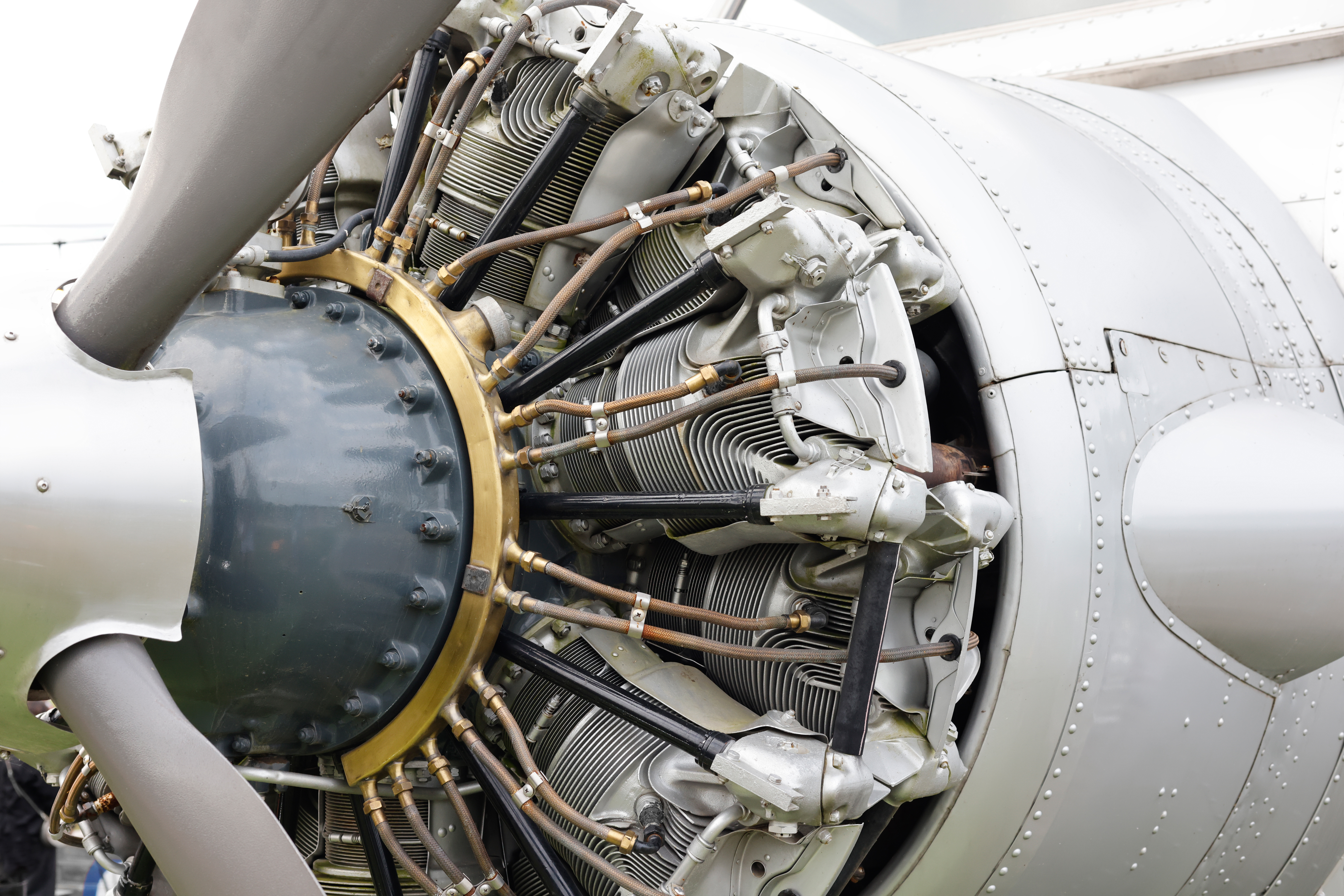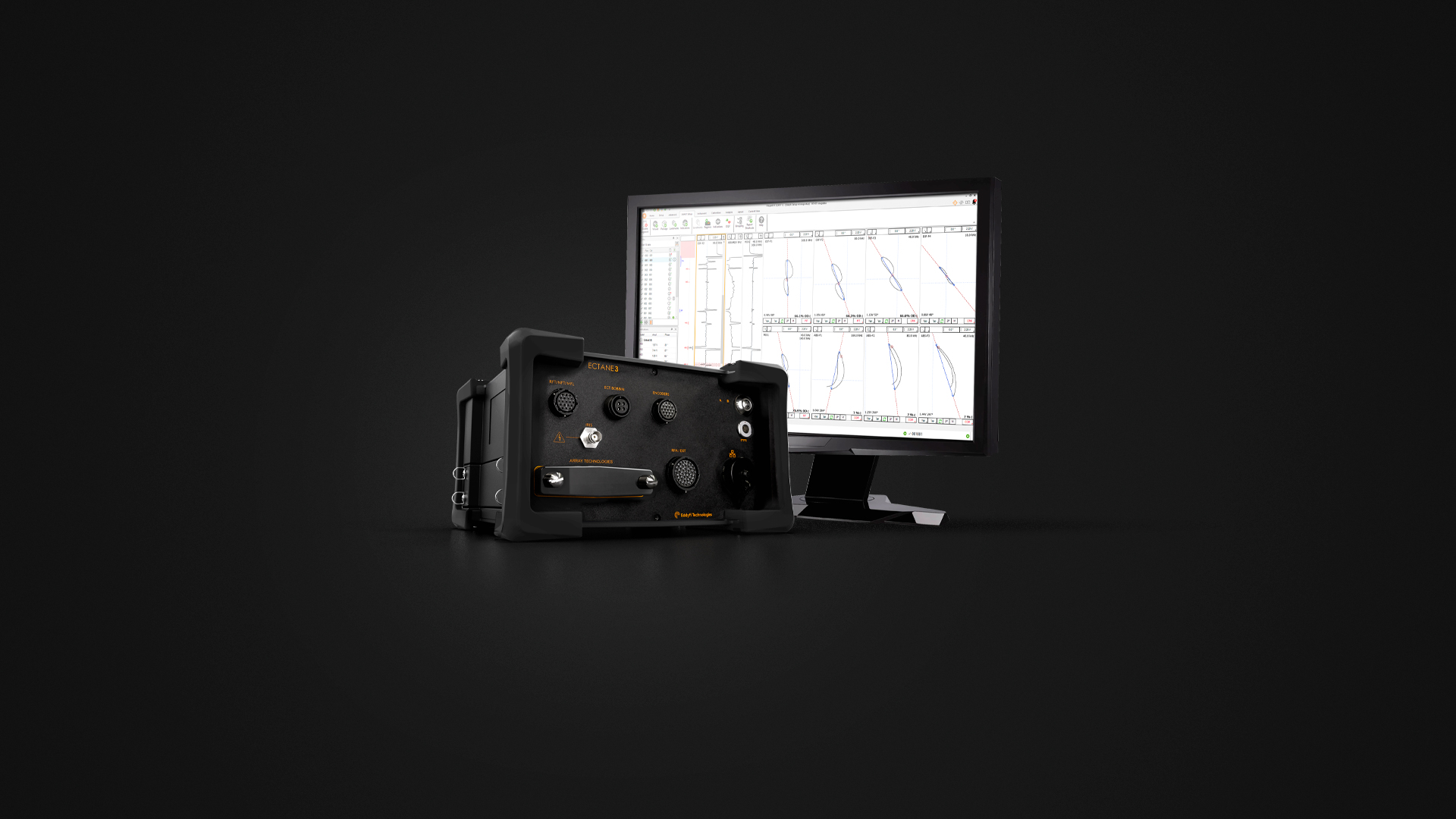Revolutionizing Turbojet Spool Inspection: Faster, Lighter, More Efficient
Ask an expertTurbojet engines power airliners across millions of air miles annually, demanding the utmost in safety and reliability. Essential to this are rigorous inspections of every component, especially the high-pressure compressor (HPC) spool. This critical part, a hub for attaching blades, consists of multiple disks and traditionally required meticulous inspection using a single-element eddy current technique (ECT). Now, advancements in eddy current array (ECA) technology allow full surface inspections to be performed up to 10 times faster, dramatically enhancing efficiency and coverage.
The Challenge
Accessing the internal surfaces of HPC spools using large sensors is difficult, yet the total surface area to inspect is so large that it makes single-element probes inefficient and tedious to use.

High-pressure compressor spools have traditionally been inspected using eddy current testing (ECT). When used on these nickel-chrome and titanium alloys, the accurate technique allows detection of surface-breaking cracks and defects as small as 0.25mm length by 0.08mm deep. The high detection performance of ECT is the reason why it is widely used for surface flaws despite one of its greatest downsides: the small footprint of single-element probes.
To cover the full surface, a large robotic arm must be deployed to perform a scan with small incremental passes, in a way not dissimilar to classic vinyl record players. Depending on spool model, this inspection procedure can require six to twelve hours to fully inspect the surface.
In addition to the time required for large surfaces, there is the challenge of accessing the internal surfaces. Spools are composed of three to six disks, called stages, stacked and welded together such that the entry point between two of them is a narrow gap that can be as tight as 30mm (1.2in). Inspectors cannot even insert their hands. In addition, each disk has a different shape optimized for maximum engine efficiency, so the inspection requires careful control of the probe.
The Solution
A lightweight and modular scanner was designed to hold ECA probes with large coverage to efficiently inspect the internal surfaces of the spools.
To tackle this challenge, Eddyfi Technologies developed a series of compact scanners adapted to each spool model requiring inspection. These scanners are designed so they can attach to any of the spool stages and act as robust platform onto which probes can be attached. These scanners provide accurate axial and radial positioning, as well as rotational position encoding. High-resolution ECA probes designed for each of the stage profiles can then be attached to the central scanner to perform the actual inspection.
The scanner is lightweight and can be positioned single-handedly. The relevant probe is anchored to the scanner and connected to the Ectane® 3 instrument. Inspectors can then effortlessly rotate the scanner to make a single full turn. It is possible to use a rotating table to rotate the spool itself, depending on the inspection team’s needs.
Engine spools are usually made of nickel-based or titanium alloys. The ECA probe uses an array of 128 coils with a diameter of 2mm (0.08in), in short-double-driver (SDD) topology. It provides a radial resolution of 0.5mm (0.02in) and a coverage of 256mm (10in).

The probe takes advantage of the P-Flex, or printed flexible probe, technology and its unrivaled flexibility to ensure close contact with every corner of every surface within the spool inner layers.
Ask an ExpertBenefits
The solution :
- detects small surface-breaking cracks.
- covers the full surface 10 times faster than before.
This lightweight ECA system designed at Eddyfi Technologies makes it possible to bring the inspection time of a spool from 12 hours down to less than an hour. Its mechanical design ensures the inspection is fast and repeatable. Thanks to Magnifi® software, inspection data can be easily recorded and analyzed, making defect identification operator independent.
How can we help solve your industrial challenge? Contact our team of experts for a Beyond Current solution today.








